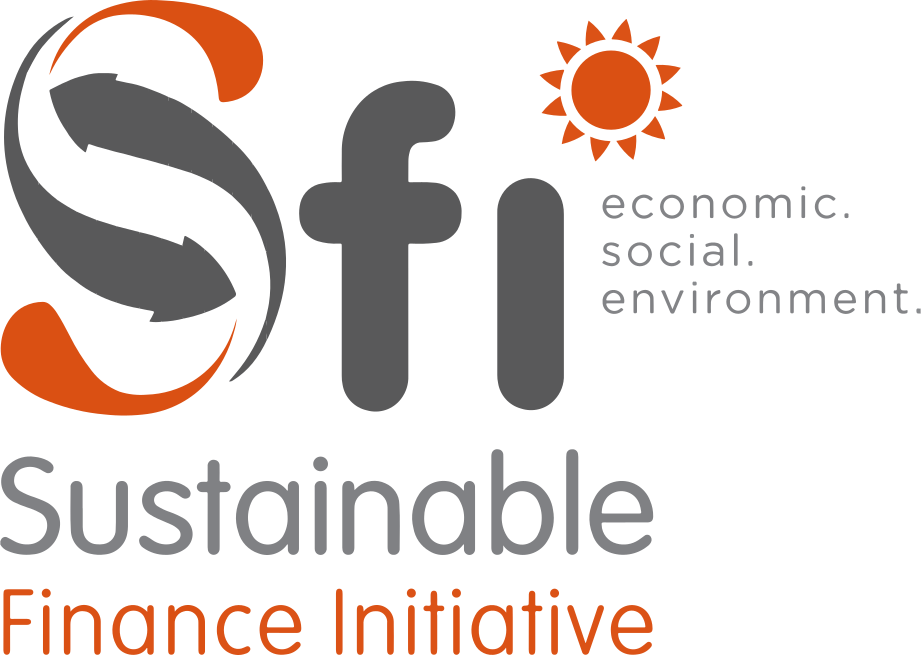KenyaBankersAssociation
Module XII Session V: The Way Forward
In this section, you will focus on the key components you will require to comply with the CBK Climate-related Risk Management Guidelines while achieving best practice in Sustainable Finance in line with the KBA Sustainable Finance Principles

About This Course
Banks have the opportunity to leverage the climate risk management planning process to identify investment opportunities that ensure the bank proactively and strategically contributes to Kenya’s realization of its Paris Agreement Nationally Determined Contributions and Climate Change Action Plan, as well as, the Sustainable Development Goals.
Bank climate risk plans should therefore be structured to identify the risks and mitigation measures; and at the same time identify the climate investment opportunities that facilitate climate resilience, such as investments in green buildings or structuring and issuing green bonds.
The building blocks of a climate strategy would therefore cover indicators that touch on the broader economy, society, human capacity, innovation and technology and automation from a financing and business model approach underpinned by the firm’s strategy, governance structures and policies.
In this section, you will focus on the key components you will require to comply with the CBK Climate-related Risk Management Guidelines while achieving best practice in Sustainable Finance in line with the KBA Sustainable Finance Principles.
